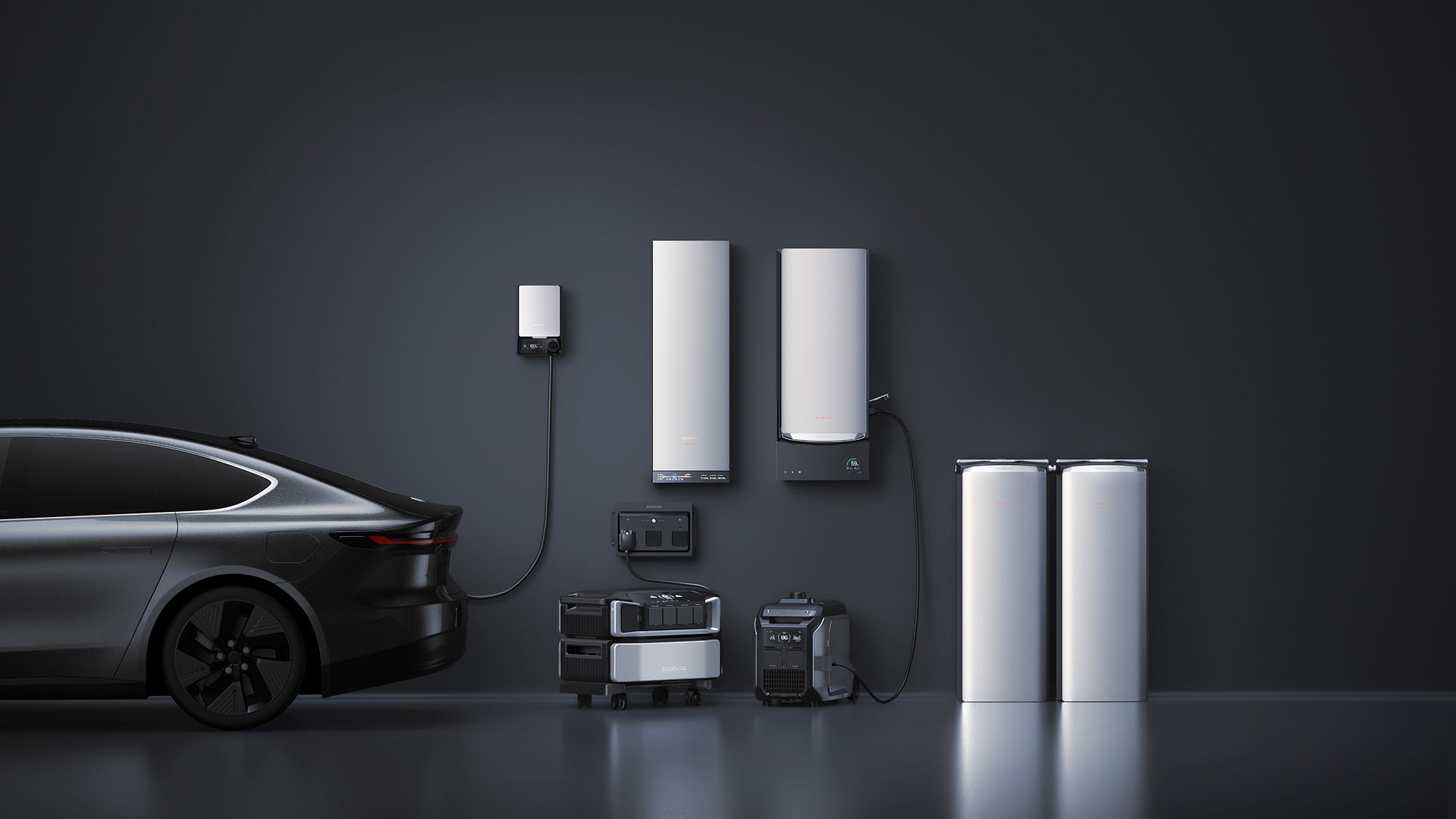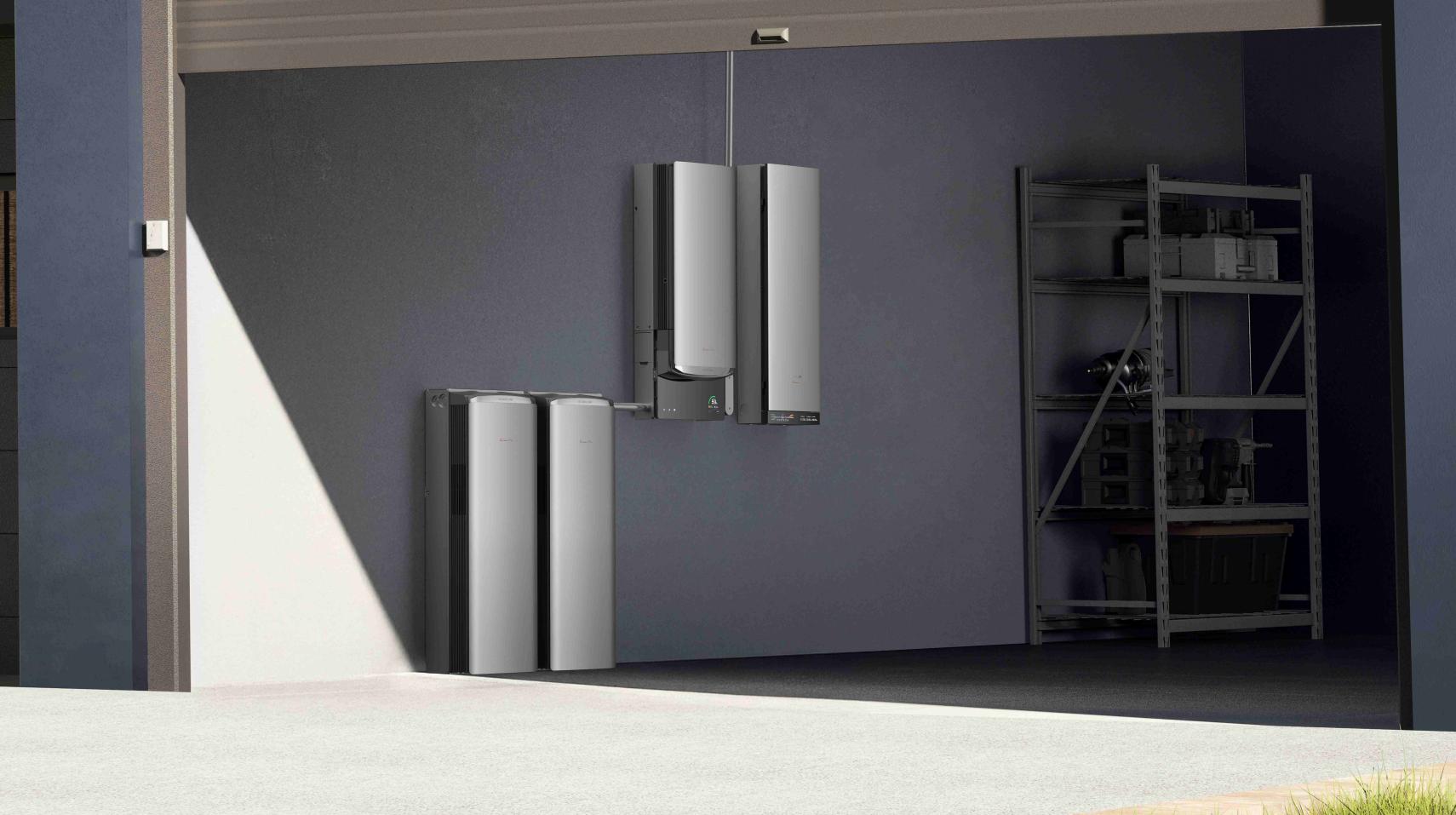Can Battery Storage Be Added to an Existing Solar System?
You already have a solar system, but you can still be affected by power outages and high power prices during peak hours. This leads to a big question: can you add battery storage to your existing solar system? The answer is a strong yes, but a good upgrade needs good planning. This guide will show you the possible problems, the technical choices, and how to choose the right battery energy storage system for your home.
Before You Begin: Three Key Problems to Check
Adding a battery storage system to a solar setup you already have, which is called retrofitting, is usually possible. But before you start looking, it's important to check for three common problems that could make things harder. Checking these first will save you time and trouble later on.
Solar Ownership Structure
The first question is: who owns your solar panels? If you own the system, you are free to add a home battery storage solution without any problems. But if a third party owns your system through a lease or a Power Purchase Agreement (PPA), it's more complicated. The rules of these deals might not let you add a battery storage for solar or other equipment. You must talk about your plans with the third-party owner before you do anything.
Equipment Warranties
The warranties on your existing solar parts, especially the inverter, are important. Will adding a battery cancel the warranty on your inverter? This is mostly a problem for older systems. Adding battery storage could be seen as a change that is not allowed, which could void the warranty. You should read your manuals and warranty papers. If the rules are not clear, talk to the company that made the parts to make sure your warranties will still be good after adding a battery.
Net Energy Metering (NEM) Policies
Most solar systems that are connected to the grid use a net metering program. This is where you get credits for extra solar power you send to the grid. Different states have different rules for how battery storage works with net metering. For example, some rules might say that only a battery charged by your solar panels can be part of the program. It is very important to check with your power company to see if and how a solar battery storage system can be added to your setup.


The Technical Approach: AC Coupling vs. DC Coupling
After you have checked for possible problems, the next step is to understand the technical side. There are two main ways to add a battery energy storage system to a solar setup you already have: AC coupling and DC coupling.
AC Coupling: The Easiest Add-On
AC coupling is the most common and easiest way to add a battery later. In this setup, the home battery storage unit has its own inverter, which is separate from your solar panel's inverter. It connects right to your home's main electrical panel. Your solar panels keep sending power to their own inverter to power your home. Any extra solar power can then be used by the battery's inverter to charge your home battery storage unit.
The main good thing about AC coupling is that it works with almost anything. It can be added to almost any existing solar system, no matter the brand or age of the first inverter. This is where a highly compatible solar energy battery storage solution shines. The EcoFlow OCEAN Pro Solar Battery System uses this flexible approach, integrating with any existing solar setup.
DC Coupling: The All-in-One Solution
In a DC-coupled system, the solar panels and the battery are both connected to one smart device called a hybrid inverter. The DC power from the solar panels can be used to charge the DC battery directly. This is a better process because the power is changed fewer times, so less energy is lost.
But DC coupling is usually not the best for adding on later. It almost always means you have to change your old solar inverter to a new, more expensive hybrid one that works with both solar and batteries. This extra cost and work make it a better choice for new setups, not for upgrading one you already have.
Choosing the Right Battery for Your Existing System
When choosing the best solar battery storage, especially as an add-on, a few key things will make sure it fits your needs and works smoothly with your current system.
Compatibility: As we talked about, an AC-coupled battery energy storage system is the simplest choice for an existing solar setup. Look for a system that is known to work with many different setups to avoid any problems putting it together.
Capacity (kWh): This tells you how much power the battery can store. A smaller battery might be enough to help you not use power when it's expensive. A larger battery is needed if you want a whole home battery backup without solar to work during a long power outage.
Power Output (kW): This tells you how many appliances your battery can run at the same time. Add up the power needs of the important things you want to run during an outage to make sure the battery's power output is high enough.
Expandability: Your power needs might change. Choosing a solar battery storage system that lets you add more home battery storage capacity later gives you good options for the future.


Planning Ahead: Making Your New Solar System "Storage-Ready"
If you are planning a new solar setup, you can make adding battery storage for solar in the future much easier and cheaper. A "storage-ready" system is made with this future upgrade in mind.
The most common way to do this is to put in a hybrid inverter from the start. Even if you don't buy the battery right away, having the hybrid inverter there means that when you're ready, you can easily add a DC-coupled battery storage system without changing any big parts.
You can also plan for an AC-coupled system. This just means making sure your main electrical panel has enough room and power capacity for a battery inverter to be connected later on. A good solar installer can help you with this simple but important planning step.
The Importance of a Smart Management System
The best solar battery storage systems are more than just batteries; they are intelligent hubs for controlling electricity. Software that powers your solar battery storage is as useful as hardware. This is like the brain that enables you to make good use of your power.
A smart system can automatically select the optimal moments to employ solar power, when to keep it in a bank, and when to draw power from the network. It is capable of monitoring the weather to top up a battery prior to a storm approaching. It can be further set up to maximize saving money depending on rates charged by your power utility firm. Such a clever control transforms a humble solar battery storage into a powerful device.
Conclusion
You can add battery storage to your solar system, and it is a good move for homeowners who have a reliable current and want to cut down on expenditures. To start, review the main problems of ownership, guarantees, and regulations from your utility company so that you can move ahead without problems. An AC-coupled battery energy storage system is usually the simplest and optimal solution when it comes to most installations. This converts your existing solar arrangement into a more powerful and efficient power supply to your house. Are you now prepared to enhance your solar system?
The EcoFlow OCEAN Pro Solar Battery System allows multi-source backup and expandable capacity to power your home from anything.